The lost-wax investment
castings process
The lost-wax investment casting process is a well-established technology for the production of mechanical parts in steel and alloys with complex geometries.
Lost-wax casting is the ideal solution when the shape of the part is presented with intricate details, indentations, cavities or undercuts that cannot be made by other methods, such as cold moulding, hot moulding or forging and CNC.
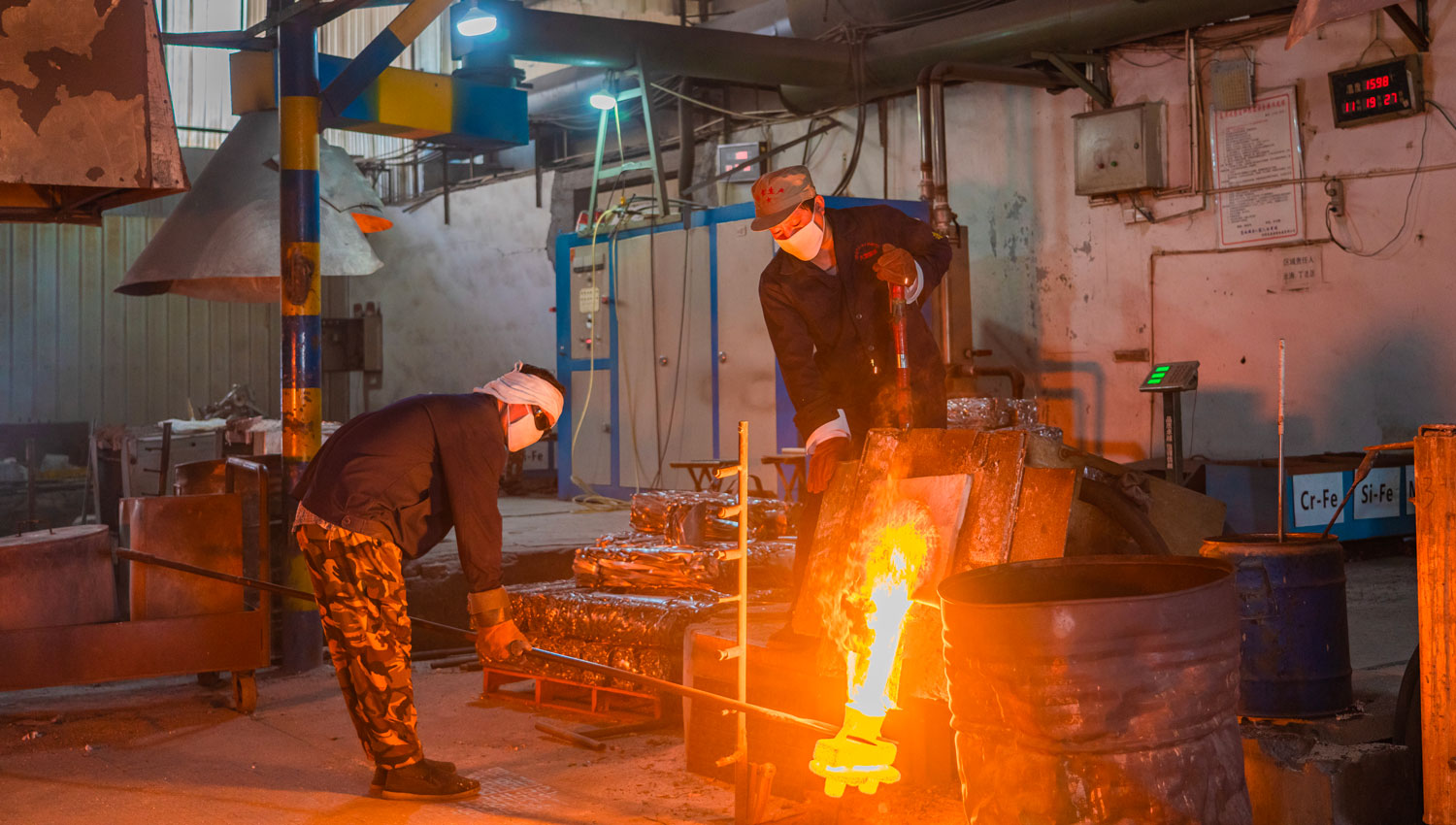
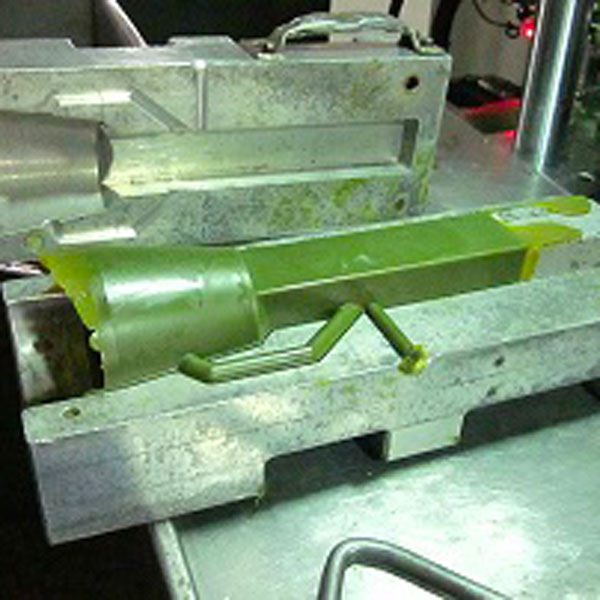
1. Injecting the wax
The first phase of the process takes place with the moulding of the wax, which is injected into specially-designed aluminium moulds to give the wax the desired shape of the final piece (also with details of alphanumeric characters in relief or bas relief).
2. Assembly on the casting “tree”
The wax components produced in the moulding are assembled on a casting “tree”, also made of wax. The pieces are joined to the “tree” through heating and a slight fusion, creating a sort of “bunch of grapes” where the “grapes” are the individual pieces to be made.

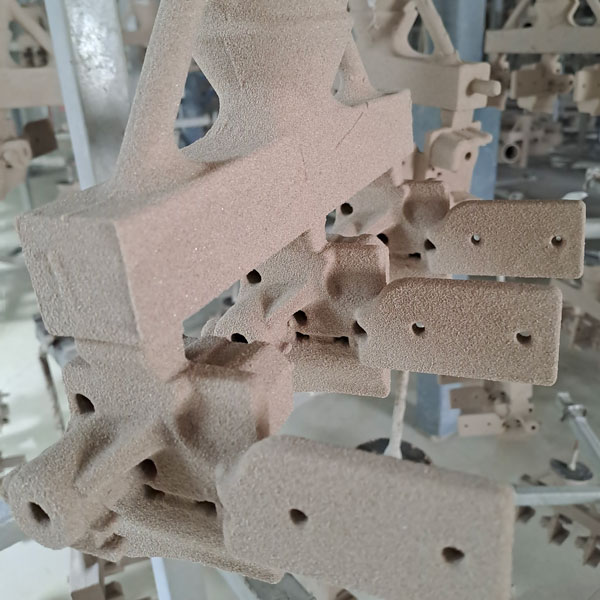
3. Creation of the ceramic shell
The wax shape assembled on the “tree” is coated with several ceramic layers by repeating a series of steps several times over, including immersion, coating and drying (in special ventilated chambers at constant temperature and humidity).
4. Spillage of the wax (“lost-wax”)
Once the ceramic shell is dry, the wax is let out of the shell by heating it to about 130 °C. After a filtration phase, the recovered wax is partly reused for future processes.
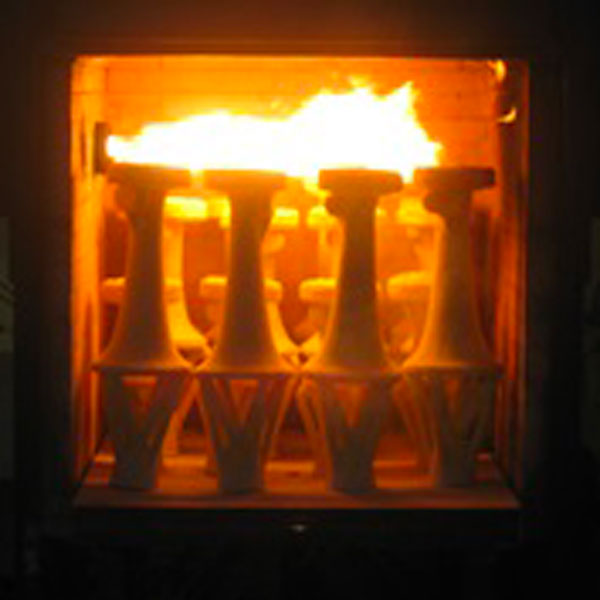
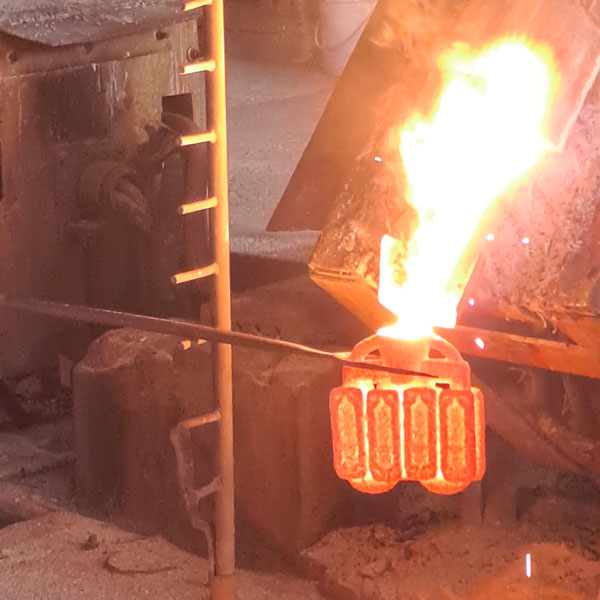
5. Steel casting
The ceramic shell, after having been preheated until it is almost glassy (1,000/1,200 °C), is used as a mould for casting molten steel by gravity.
6. Shell breakage
After the molten metal cools and solidifies, the outer shell is broken by a vibrating machine, releasing the casting. The shards of the ceramic shells are finely chopped to be reused in the previous phase of creating the ceramics (last layer).
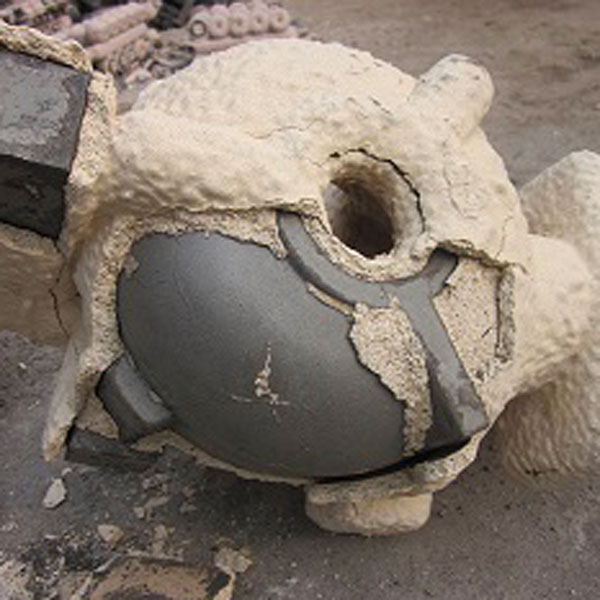
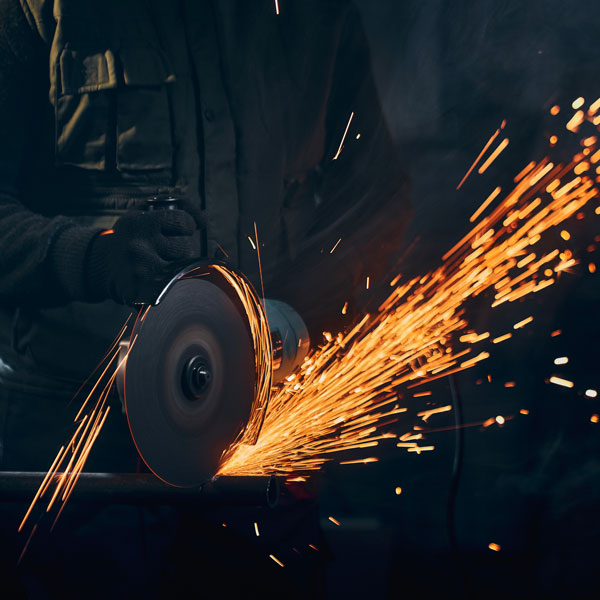
7. Dismantling
The blanks are removed from the casting “tree” by cutting with an angle grinder and grinded to eliminate any burrs. And also in this case, the steel waste falls back into the circuit to be melted again in the casting crucible together with the other scrap of the same type.
8. Finishing and shipping
The workpieces are finished by grinding, sandblasting and machining on CNC machines. After a final inspection phase with specially-made gauges and/or jigs, the pieces are packaged and prepared for shipment.
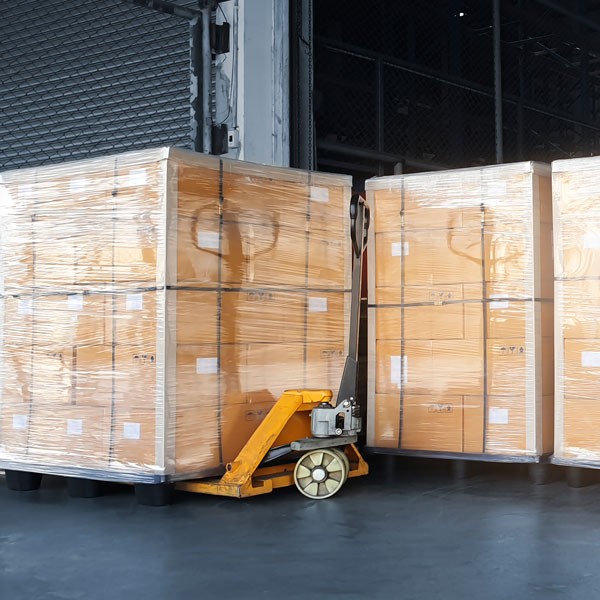
In our production process, the creation of the piece begins with the creation of an aluminium mould, an economical option that guarantees both speed and high-quality results at the same time. This mould is designed to accommodate the negative of the desired piece (imprint), taking into account the actual dimensions, the metal extractions and the overmetal necessary for the subsequent mechanical processing steps.
The wax is then injected under pressure into the mould at a temperature of about 130 °C. Almost instantly, the imprint is filled by precisely occupying all the gaps present, giving rise to an exact replica of the final product. This process, known as “lost-wax investment casting”, allows for fine detail and great dimensional accuracy.
Once the wax piece has solidified, it is extracted from the mould and passes to the next stage, where it is coated with a layer of ceramic (a step repeated several times over to create a ceramic layer) and left to dry for a few days. This coating creates a durable shell that will contain the desired shape during the subsequent casting process. Finally, the ceramic shell is opened on one side to allow the wax to escape, hence the name of the process being “lost-wax”. The negative cast of the mechanical detail to be made remains inside the shell, ready to be filled with the molten metal. This process combines craftsmanship, precision and advanced technologies to ensure the production of high-quality and precision parts. We are committed to delivering exceptional results that meet the needs and expectations of our customers, offering a reliable and innovative production process.

